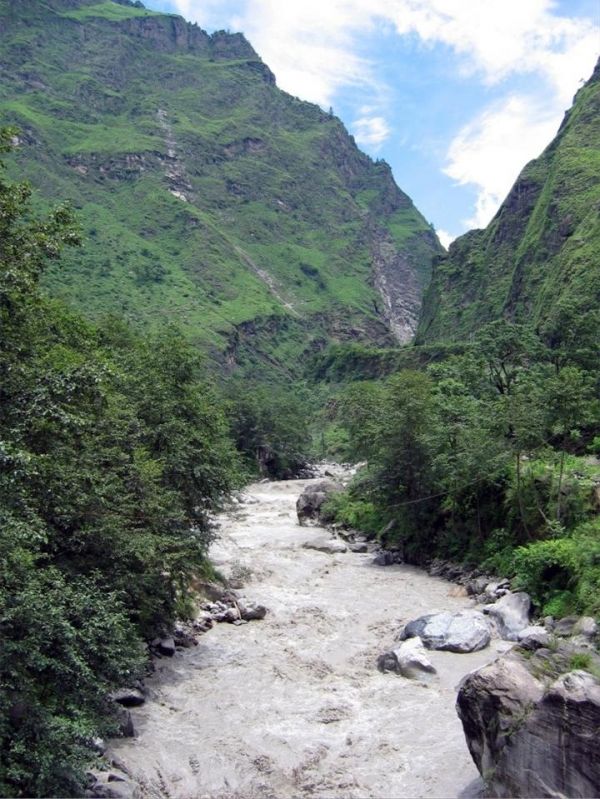A study in today's issue of Nature indicates the increase in rainfall forecast by global climate models is likely to hasten the release of carbon dioxide from tropical soils, further intensifying global warming by adding to human emissions of this greenhouse gas into Earth’s atmosphere.
Based on analysis of sediments cored from the submarine delta of the Ganges and Brahmaputra rivers, the study was conducted by an international team led by Dr. Christopher Hein of William & Mary’s Virginia Institute of Marine Science. Collaborators include Drs. Valier Galy of the Woods Hole Oceanographic Institution, Muhammed Usman of the University of Toronto, and Timothy Eglinton and Negar Haghipour of the Swiss Federal Institute of Technology in Zurich (ETH Zurich). Major funding was provided by the U.S. National Science Foundation.
“We found that shifts toward a warmer and wetter climate in the drainage basin of the Ganges and Brahmaputra rivers over the last 18,000 years enhanced rates of soil respiration and decreased stocks of soil carbon,” says Hein. “This has direct implications for Earth’s future, as climate change is likely to increase rainfall in tropical regions, further accelerating respiration of soil carbon, and adding even more CO2 to the atmosphere than that directly added by humans.”
Soil respiration refers to release of carbon dioxide by microbes as they decompose and metabolize leaf litter and other organic materials on and just below the ground surface. It’s equivalent to the process in which larger multicellular animals—from snails to humans—exhale CO2 as a byproduct of metabolizing their food. Roots also contribute to soil respiration at night, when photosynthesis shuts down and plants burn some of the carbohydrates they produced during daylight.
Read more at Virginia Institute of Marine Science
Image: Greater rainfall is likely to intensify global warming by increasing microbes' release of CO2 into the atmosphere from soils in tropical drainage basins like that of the Kali Gandaki River, a tributary of the Ganges River in Nepal. (Credit: © Dr. Valier Galy, WHOI)


